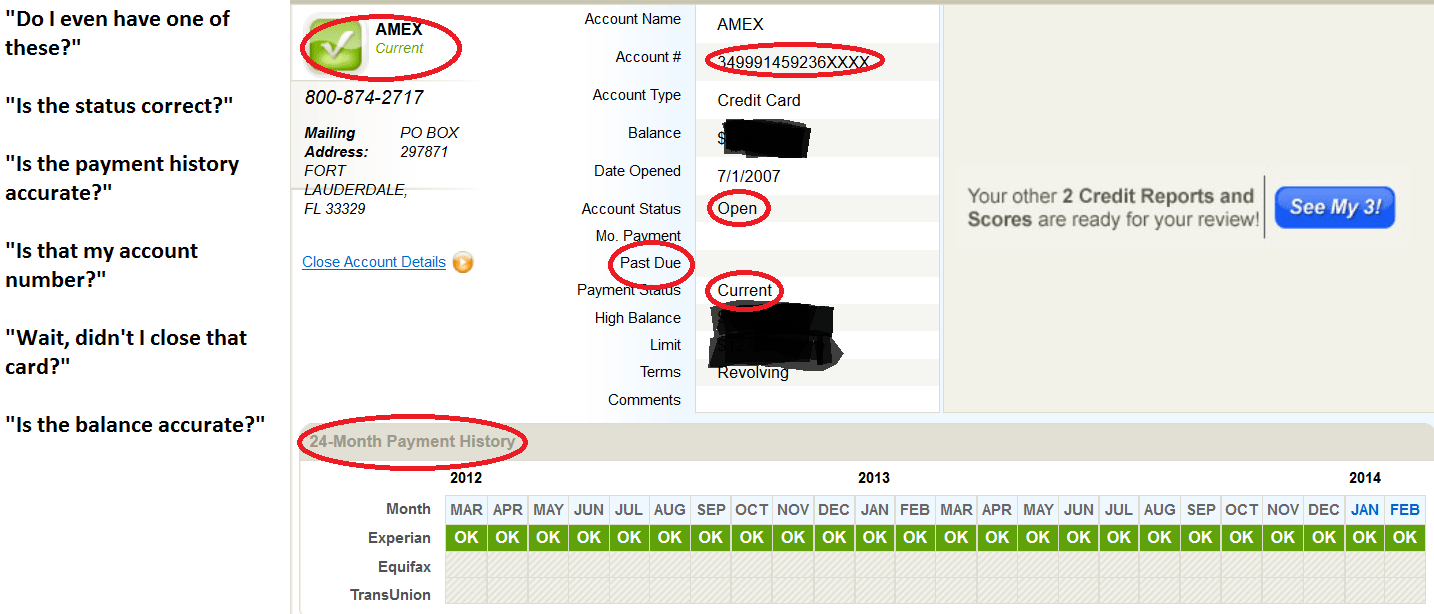According to Forbes, In 2012, $34 billion dollars were loaded on 4.6 million payroll cards. By 2017, Forbes projects that this number will increase to $68.9 billion dollars. Payroll cards are a recent phenomenon increasingly utilized by companies both big and small alike.
Payroll cards are an alternative to an employee receiving their salary or wages in the traditional form of check or direct deposit. Before deciding to transition away from traditional mediums of compensation and use a payroll card, it is important to make sure that a payroll card is right for you.
A payroll card is essentially a debit card with a stored value that is reloaded by your employer every pay period. The card does not extend any credit to the cardholder; rather the cardholder is limited to spend only those funds preloaded on the card. Payroll cards do not require any credit check or prerequisites like a credit card.
The major benefits of these cards is that they present many of the same features of a debit card, but do not require a bank account or an extension of credit. Additionally, the cards eliminate obsolete check cashing fees, allow the user to make purchases over the internet or at retailers, and provide similar FDIC protection as a debit card supported by a bank account.
While these features of a payroll card may be enticing, users should fully understand the terms and conditions associated with the specific payroll card they are using. First, in some states a user cannot be charged any fees to access their money. Know the laws of your particular state. The fees associated with these cards can often be outrageous including:
– ATM Withdrawal: $1.75
– ATM Balance Inquiry: $1.00
– Monthly Fees: $9.95 (Vision Premier Card, Univision Card)
– Replacement Card: $6.00
– Paper Statements: $2.95
– Inactivity Fees: $7.00
For more information about recent payroll card fee investigations by the Attorney General of New York, click here.
While some of the above fees may be typical of debit cards, these fees are different for two reasons. First, the fees tend to be higher on average than those for debit cardholders. Second, several fees exist for payroll cards that are not common for debit cards such as fees for inactivity, replacement cards, most of all monthly service fees.
The final problem associated with recent payroll card scams is that employees are sometimes forced by their employers to use payroll cards to receive their pay, rather than a payroll card being one option among many.According to the CFPB, an employee may have the option to use a payroll card, but cannot be forced or compelled to do so.
Employers cannot force their employees to use a payroll card; to do so is illegal. The Consumer Financial Protection Bureau has stated that they intend to use their enforcement powers to stop employers from forcing employees to use payroll cards. According to the American Payroll Association, employers save approximately $2.75 per payment using payroll cards rather than direct deposits or checks. This likely explains why employees may coerce employees to receive their income in for form of a payroll card. Additionally the fee structures of the cards are agreed upon between the card issuer and the employer, so employers may be benefiting as well by charging fees to their employees to access their own money.
While payroll cards are not inherently evil and may present many benefits for your and your financial wellbeing, there are risks to be aware of. If you choose to accept a payroll card from your employer, make sure that:
– It is YOUR choice to accept your income in the form of a payroll card deposit,
– You are aware of the fee structure, if any, associated with the card and its features,
– The benefits associated with your choice to use a payroll card outweigh the costs, and
– That a debit card supported by a bank account would not serve your interests better.
You work hard for your money. Make sure that the way you access that money is serving your financial interests, goals, and needs. If you believe that you have been coerced by your employer to receive your compensation on a payroll card, or that the administrator of your payroll card is engaging in other illegal behavior, you can submit your complaint here.
